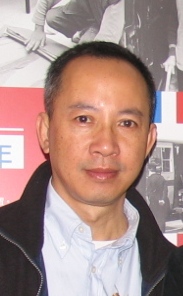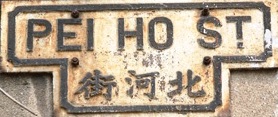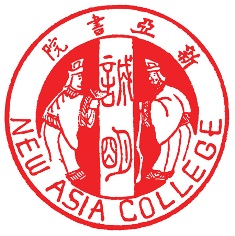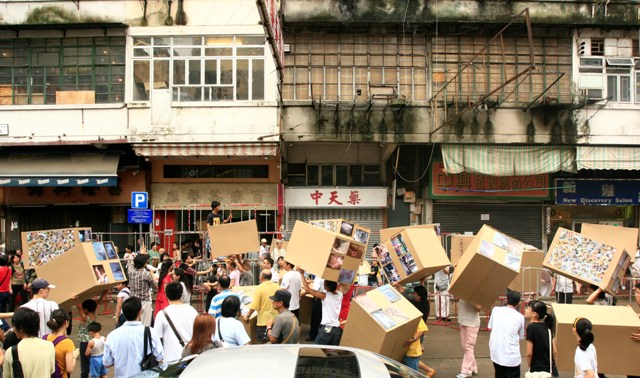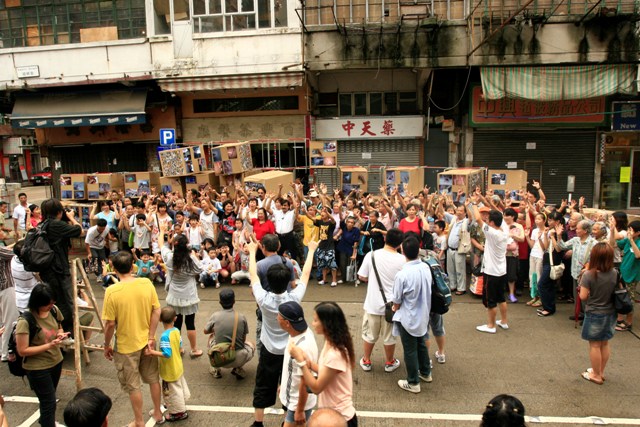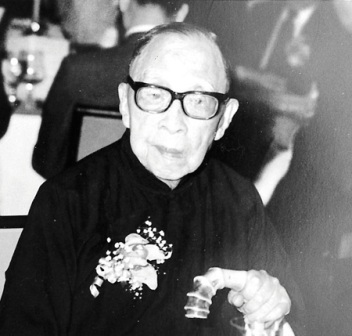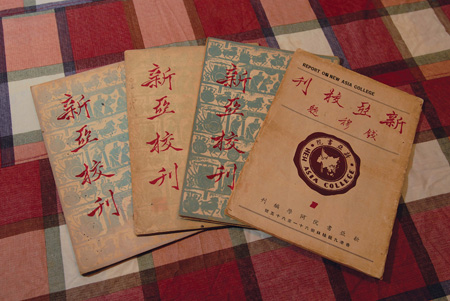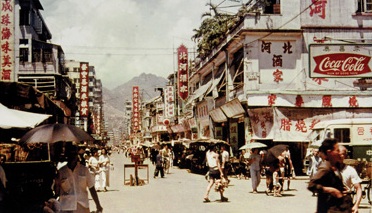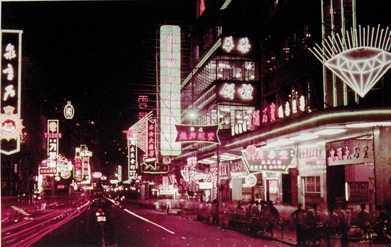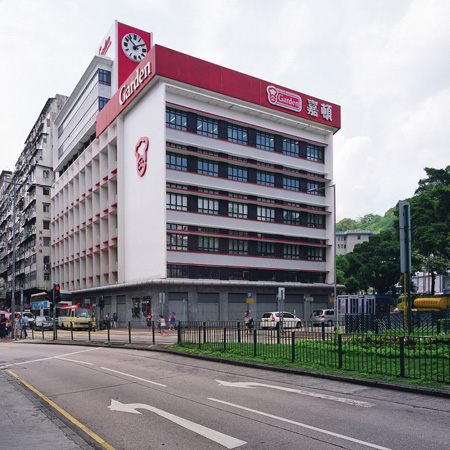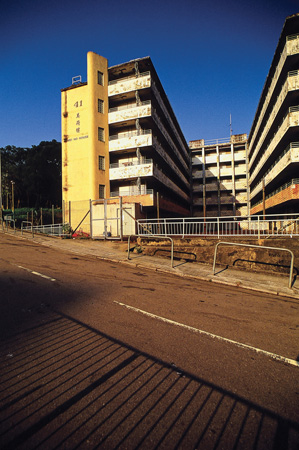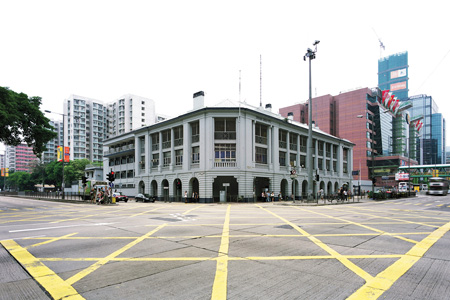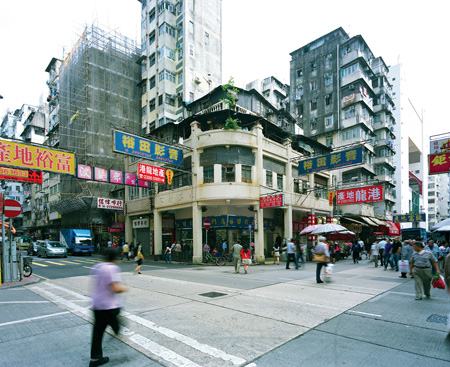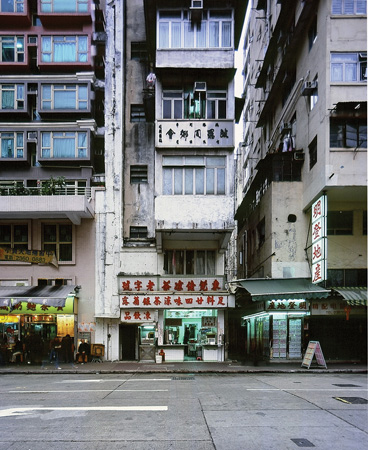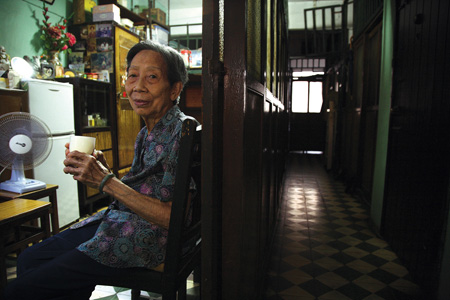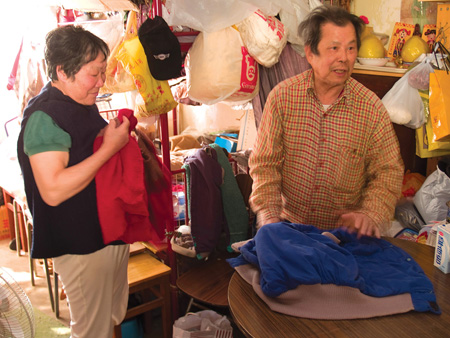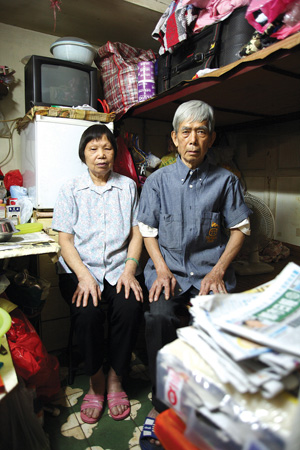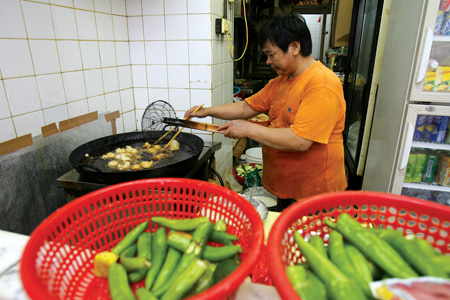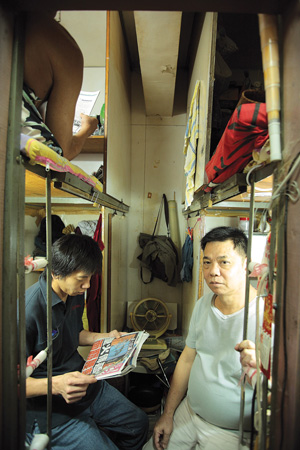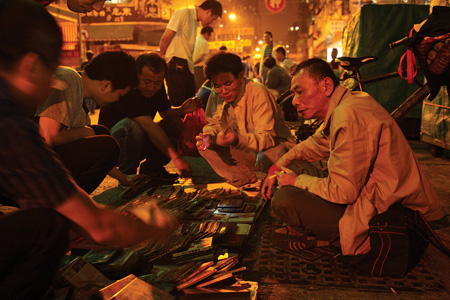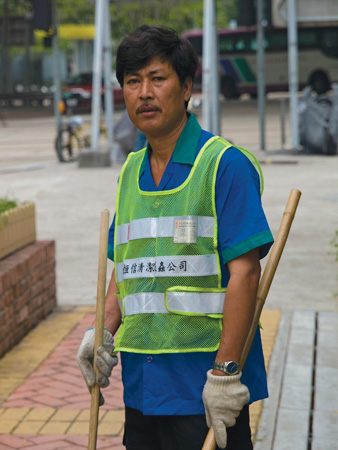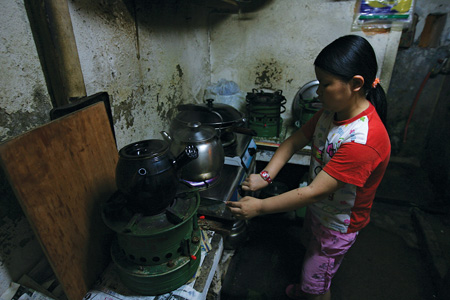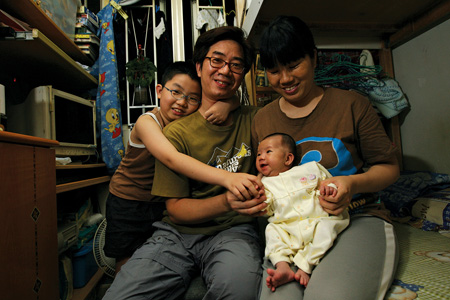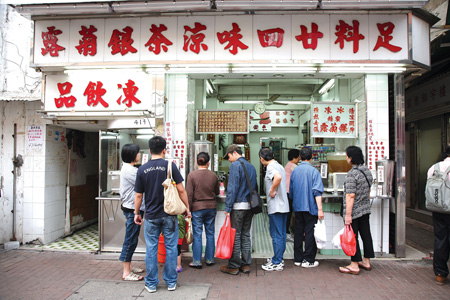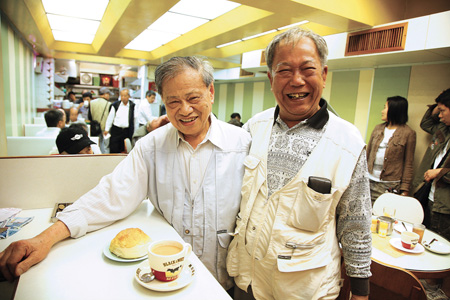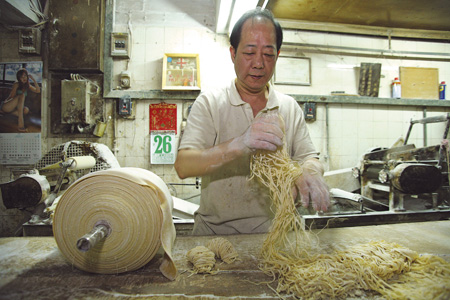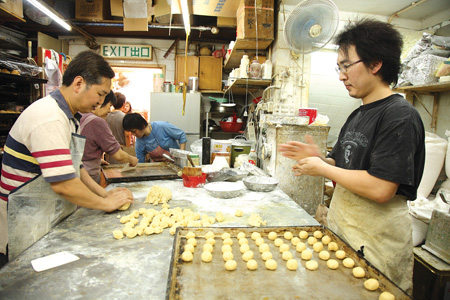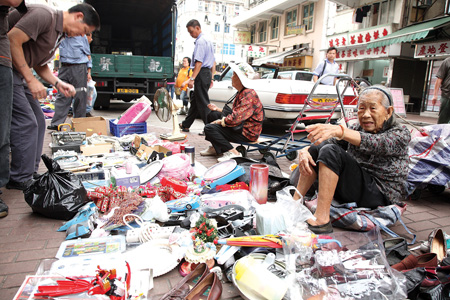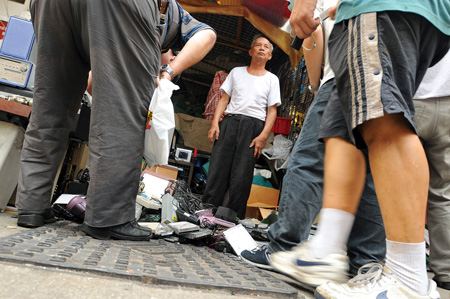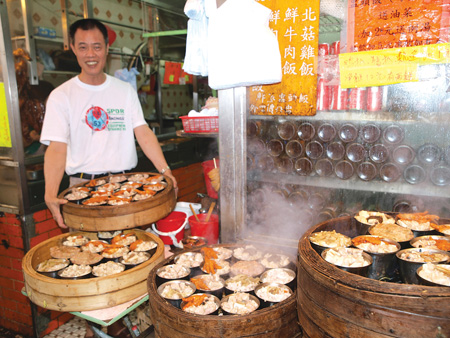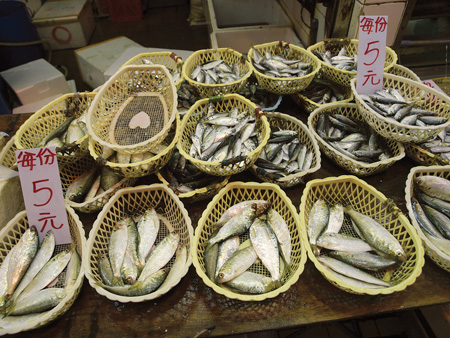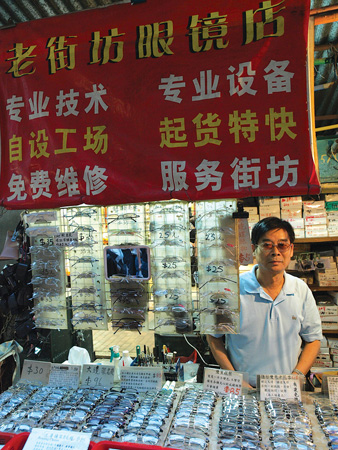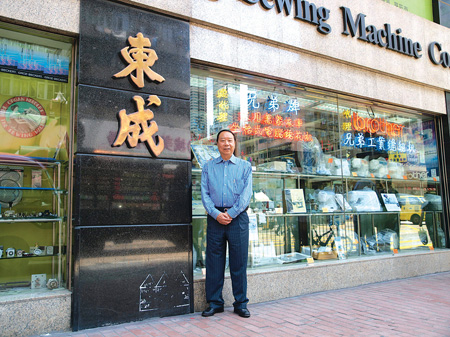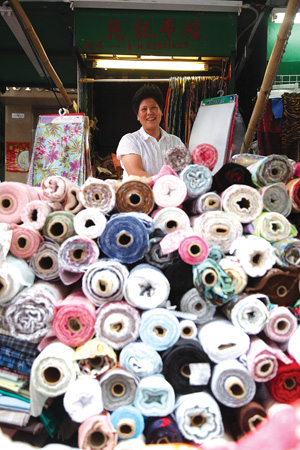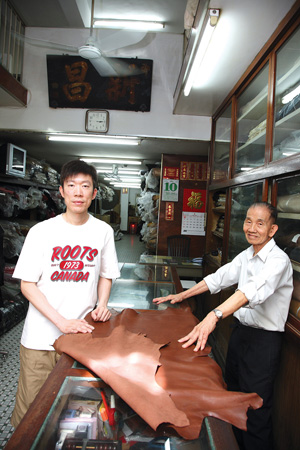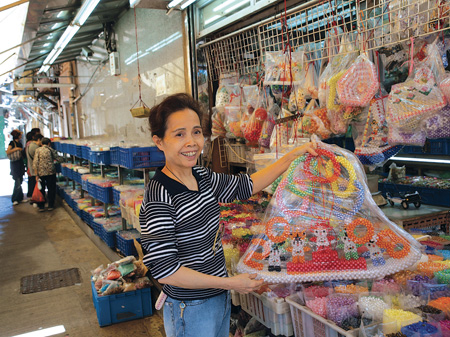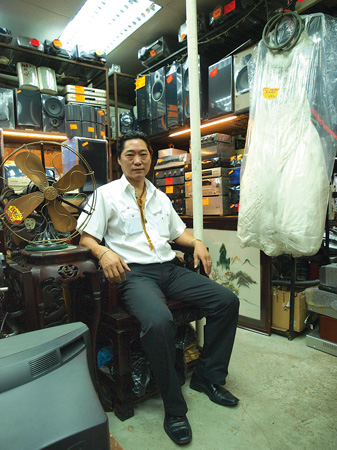�s�K��L�A������ϲ�´��|�p�P���䤤��j�Ƿs�ȮѰ|�X��u���b��E�t�C�G��E�ӭp��v���j���i���A�N�@�l�y����۪L��55��57���A��1949�~�������ԫ��ӡA�@6�Ӧ��v���B�ѥx�Τj�H�a�U�ʼ֯��\�U(�Y�O�s�ȮѰ|�Юխ�}��)�A�i�ܲ`��
���u�ӡB�p�B��v�A����a�e�{���ϭ����C
�ڭ̧Ʊ�N�o�Ӧ������ϭ��骺���O�B�ͩR�M��q�A�z�L�h�C�骺�i����k�u��a�i�ܥX�ӡC�u�״I�h���v�ä����H���A�yø�`��
�o�ӥR���ͩR�O�����ϡA����v�B�ؿv�B��ơB�H���B�G�ơB�믫���h�譱�@�P�غc�o�Ӻ��R���ϡC�ڭ̳z�L�i���v���M��Q�|�A�����������o�̤�Ʀh���B�h�����ǡB���v�p�סA�H�Υi�Q���H��믫�C
���b��E�t�C�G��E�ӭp��i�����} �������N����Ч@�G������S�������v
2008�~10��26��
���~7��13���8��10��A������ϲ�´��|(����)�p�P���䤤��j�Ƿs�ȮѰ|�X��u���b��EII�G��E�ӭp��v���j���i���C�N�@�l���۪L��55��57���A1949�~�������ԫ��ӡA�@���ӪŸm���v���Τ@�Ӧa�E(�Y�O�s�ȮѰ|�Юխ�}��)�i�ܲ`��
���u�ӡB�p�B��v�A���b����a�e�{���ϭ����C�b�u�u���i�������A�w�l�W�L�C�d�H���[�A�����Q���}�n�M���P�A�G���ڭ̦b�~���M��e�A���}�i���C
�������N�Ч@�s�N���G�ƤQ�H�����S�������v
�۫H�o�O���䭺���Ѫ��ϱN�@�ʭӯS�������v�����P�y���B����B�κA����Ч@�X�ӡC�ڭ̪����N�Ч@�N�����M�ѷ��N����ۦW���N�a���ӧg�����N�@�~�һ��o�C���@�~��X���B�A�����O��ۤv���e���M�J���P���y���M�ζH���ƥX�{�b�����N�@�~�A���r�r�a�i�ܩ��[�����e�A��o�������N�����C�ڭ̼ƤQ��Ӧۭ���̳h�a�a�Ϥ��@���`��
�~���p�P�@�s���N�a�Τ�ƤH���������N�Ч@�A�@�P��S�������vø�e�X���P���y���M�ζH�A�pŢ�Ω~���B�M�h���̡B�C�~�u�H�B���~�H�h�B�h�a�ൣ�M���k���A���Ʀb�i���]�e�{�X�ӡC
����̷s�������t�Ƥw�W�ɦ�0.53�A���Ȭw���̡C���S���ɨ�j�ը��J���ϡA���i�s�������n�ʡC�G���A�@�ʭӤ��P�κA�����S���H���N�|�b�¼Ӯi���]���O���СBŢ�ΡB�U�����Z�ҡB�p�ХX�{�A���L������a����c�H���ҡA�u�u���F�ѡv�h�x�ͬ��C
�i�ϡu�ӡv�s�@�~�G���}�`��
�`��
�O�嫬�������°ϡA���O��ӫؿv�A�J���ݡA����@�y�y�ߤ���A�i���O���õL���A�M�ӦP�ɮi�{�X�ä����Ǫ��W�S�өʩM���A�C�a��������D�A�[�W��Ǥj�p���E���ɡB�p�c�u�ɪL�ߡA���I�ܽu����´�A�Φ��F���骺���ϭ��C�Ӧۤ��P���h��{�~�����I�w�ͬ��A�V�X�h�~���ä�i�ҡA�m�N�X�U�۪���{���z�A�i�{�F�°Ϧ�m�}�ɡB�ܤƦh�ݪ����魱���C
���R�°Ϥ�ƩM�ؿv���Ǫ���v�v��l�ءA�����O�ؿv�v���L���ճz�L��v�M�˸m���N�A�N�¼өM���Ϥ�P�]���ͬ��κA�M�y�O�H�ƤQ�i�m��ۤ��i�ܥX�ӡC�ӥB�A�i�]�������|�Q���¼ӫH�c���˸m���N�@�~�A�������P�G�ơB�H���A�ϬM�L�̪��ͬ������C���}�H�c�A�O�H���͵L���p�Q�C
�j�K�H11�� Tin Man No. 11
�~�y���a�~�T�����y�ʫΥN������ѥ[�¥�����ګؿv���~�i��A����z�u�j�ǫǤ������ҳ]�p�t�U�z�б¶���~�դh�o���L���̷s�@�~�j���K�H11���C���@�~�O�@���سy��h�B������W��������ı�˸m�C�����߰_�Ӯɹ��@���K�y������H�A�\����D�W����٪Ŷ���O�@�Ӧ���ӧl�ު������J��C����ɥ��i���}�ܦ��@�����ΧɡB��l�δȤl���w�ֺۡC�j�K�H11���H�x���S�J���B�;֦����K�H�@�몺�O�q�A�̳y�ۤv�����L���_�ӫسy����n���H�͡C
�O���Ф��W�U��檺�u��c���v
����j�ǫؿv�t�賷��P�ǥͤ@�P��s�O���Ъ��Ǥ��]�p���D�C���j�������u�O���Сv ���b�°Ϫ���ӥX�{�C�o�ǭ�Ӧb50�~�N�ئ��A���j�h�Ƴ��O��10����20�̲`�Ӱ�4�B5�h���ؿv�C�ӻP�Ӥ������k��K�ۡA���D����D�Ϋ�ѹj�}�A��Ӫ����u�|�e�ᦳ���i�H�ĥ��γq���C��q�쥻���]�p�ϫh�ӬݡA��Ӫ��~�����ҥ��Өä��t�A��줣�����e�ᵡ��y�q���A�V��@���S�j���x���ξB �C
�M�ӡA���~�D���ӳ����ΥX���A���p�K�ܱo�D�`�c�H�C�ѩ�����Ӳ`�A�̲ŦX�g�ٮįq�����k�K�O���줤���]�@�����Y�A�A�������Φ��X����7�`x 7�`�u�B�諬�v��4�`x 7�`���u�ɦ쫬�v���ж��C�@�ӹ�έ��n��645����`����ӳ��γo�Ӥ�k�q�`�i�H���Φ�12���H�W���O���ХX���C�䤤���F�u�Y�Сv�M�u���Сv�~�A�������O���Щ����O�L���L�������Ѥ骺�u�K�ǪŶ��v�A���̥u��a�z�L�Ъ��g���Y�o��Ů�C����쥻�������ت��������ɡA�Ů�y�q�����D���p�K��c�H�C
�t�~�A�@�ز{�H�A�O�~�D�b�O���Ф��A���X�W�U��檺�u��c���v�C�ڭ̺٤����u��c���v�ӫD�u�ɦ�v�A��]�O�o�ǧɦ쩹���Q��O������ۡA�ó]�������A���p���p�K�Ǥ������d�A�Ů�]�P���{�ץi�Q�Ӫ��C
�ѩ��춡�j�g��ʡA�Z�һݥѼp�жi�J�A���H�Ӧt�åͪ���h�A�ӥB�h���]�ƴ�|��Ʊ`���C�Q�G�B�T�ӳ樭�H�K�@�βӤp���Ӥ��ʧ����z�B�w�ɲM�~���Z�ЯD�ǡA�å����ҥ��M�c�H �C
�ڱ��X�F�ѡA�O���Ъ��~�����O�C���J���樭�H�K�A���°Ϫ����g�g�٬��ʩ����O�L�̥ͭp���ߤ@�̾a�C�b�o�إL�̥u��t��o�_�o�ǪO���Ъ������C���ب몺�O�A�O���Ъ��د�������@�ǩҬ����v�٭n���C�H�@�ӤW�檺�u���l���v���ҡA���믲��$700�p��A�����F�C����`$56�I�@�Ӭ�645����`����ӳ�춡���u�O���Сv�X���A�����^���i�F�C��$18,000��$20,000�C
�H�{��ؿv���Ҫ��̧C�n�D�A�����������֩��n��1/16�i�V��}�Ҫ�����H�O���Ǥ����������s�A�Ů�C�¦���ӥ����ؿv�W���]���A�ڥ����i�������Φ��Ӥp�����P���ĥ��M�q�����ж��C�ѥ����ۦ溡���°Ϥ���樭�H�K�G�����Ъ��ݨD�A���M�|���ͪO���гo�ت�G�D�H�D���c�H�~�����ҡC�۫H�u���z�L�°ϧ�ͤέ��ئb�Ϥ����ѫ��樭�H�K�~���D�ӳ]���ЫΡA�~��ѨM���D�C
�e ��
������ϲ�´��| �D�� ��ߵ�
�`��
���A����Pı�H�h�a�H�ѤơH�s�D�V���H���p�S���u�����i�o��A�j�賣�h.�t�����Pı�A���L�A�̧ڭ̦h�~�u�@���Ҩ��һD�A�ݨ쪺�o���@�ˡC
�O�ݱK�K�³ª���Ӧ��w�X�СA����@�ǡA�A�|�o�{����ĭ�t�״I���������z�A�Ŷ����B�ΡB���u���G���A����ؿv�W���߫�A�ûP���ϲ��ͤ��i�ε������Y�C
���ްө��B�P�ɥ����L�s�A�g�٬��ʨ̵M�R�����O�A�n�d���q���B���F�W�D��o����A�٦��s�����u�]�J��v�A�L�O����B���u�J�B�@�륫���A����{�F����i�Q���ͩR�O�M�зN�C
���M�A�n�O���ϥͥͤ����A�u�H�v�~�O�@���������C�^�ݾ��v�A���ä����Z�A���`��
�H�a����@���L�@���A�y�U���C�w�����A�P����s�ȮѰ|���Ѥ��l�A�H�����蹺���}�W�Ķi�믫�@�߬۩ӡA��ߦ���u�H�v����䴩�A���O���ϷU�͵����C
�`������O���������A�`��
���O�������������ϡA�����]�A���ִ��ݶ}�P�s�Ѧa���C�U���h�A���ϭ������H�ۤH��_���Ӥ��_�ܾE�A�a�M�ڭ̤���w���`��
�U�@�誺�t�i�A���ܤ֦b�o�����A���U�ӡA�H��s���[�I�Ӽf���o�C
Preface
HO Hei Wah, Director, Society for Community Organization (SoCO)
What impression does Sham Shui Po leave on a visitor? Impoverished? Aged? A melting pot of social evils? Indeed, if one hasn��t truly stepped in here, it is likely that one will harbour only negative feelings for the district. However, after working here for many years, our impressions of the district are quite different.
The numerous tenements quite different may look overly crowded and long covered with dust. Yet, within them, you can find rich strands of folk wisdom. The utilization of space and the layout of lighting can fully demonstrate the meticulous efforts which went into building designs, offering an inseparable tie with the community and neighbourhood.
Even though the shops and stalls may not look spick and span, the economy of Shamshuipo is bustling with energy. Apliu Street is marketing electrical goods, Cheung Sha Wan might be offering ready-made clothing, and then there is the newly-added attraction known as ��Beads Street��. Owners, workers, or common residents, they all manifest the invaluable vitality and creativity of life.
Sham Shui Po��s resilient people keep the momentum of this community going. Looking back on history, the road has not been smooth. In Sham Shui Po, the people have relied on their bare hands to overcome hurdles after hurdles. They were in tune with the intellectuals of the former New Asia College who used ink to draw and characterize man��s unyielding and hardworking spirit. Only by giving support to people continually can a community approach perfection and beauty.
It is a common saying that Hong Kong is a city of immigrants. Sham Shui Po is truly the immigrants�� sector in our city, and its residents include numerous lower-strata people who took on the task to make a new world. The face of the community is ever-changing with the influx of people. Although we might not be able to predict the next stage of evolution for Sham Shui Po, we can pause to take a novel look at her various features and qualities.



